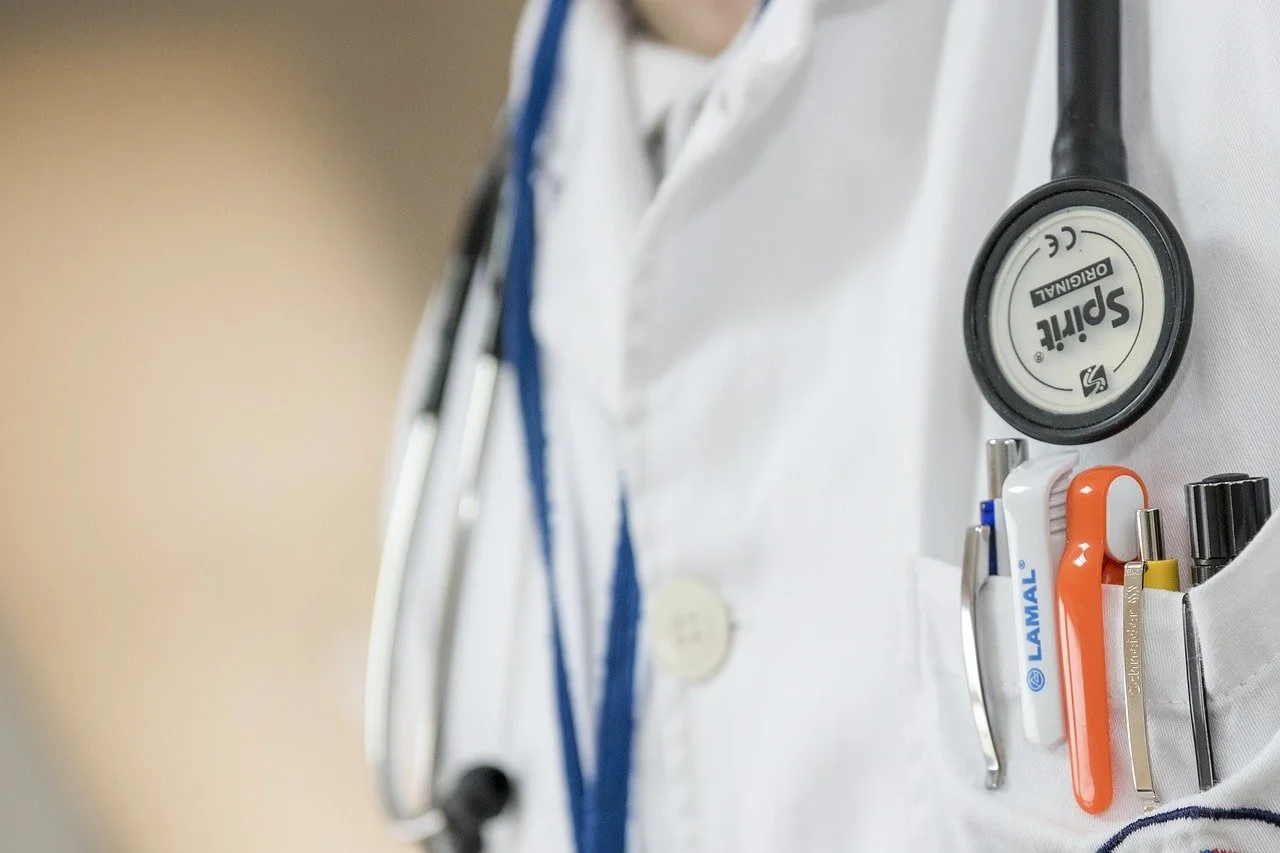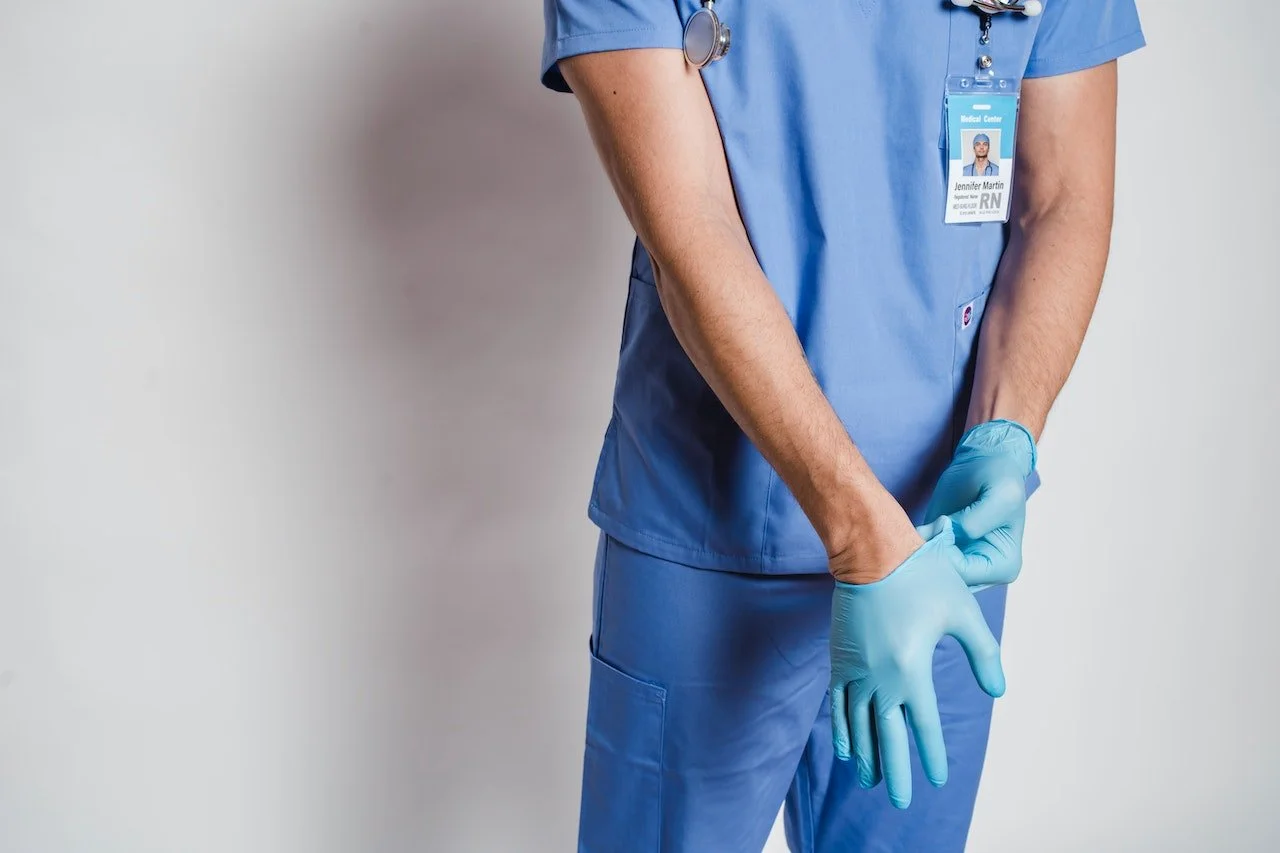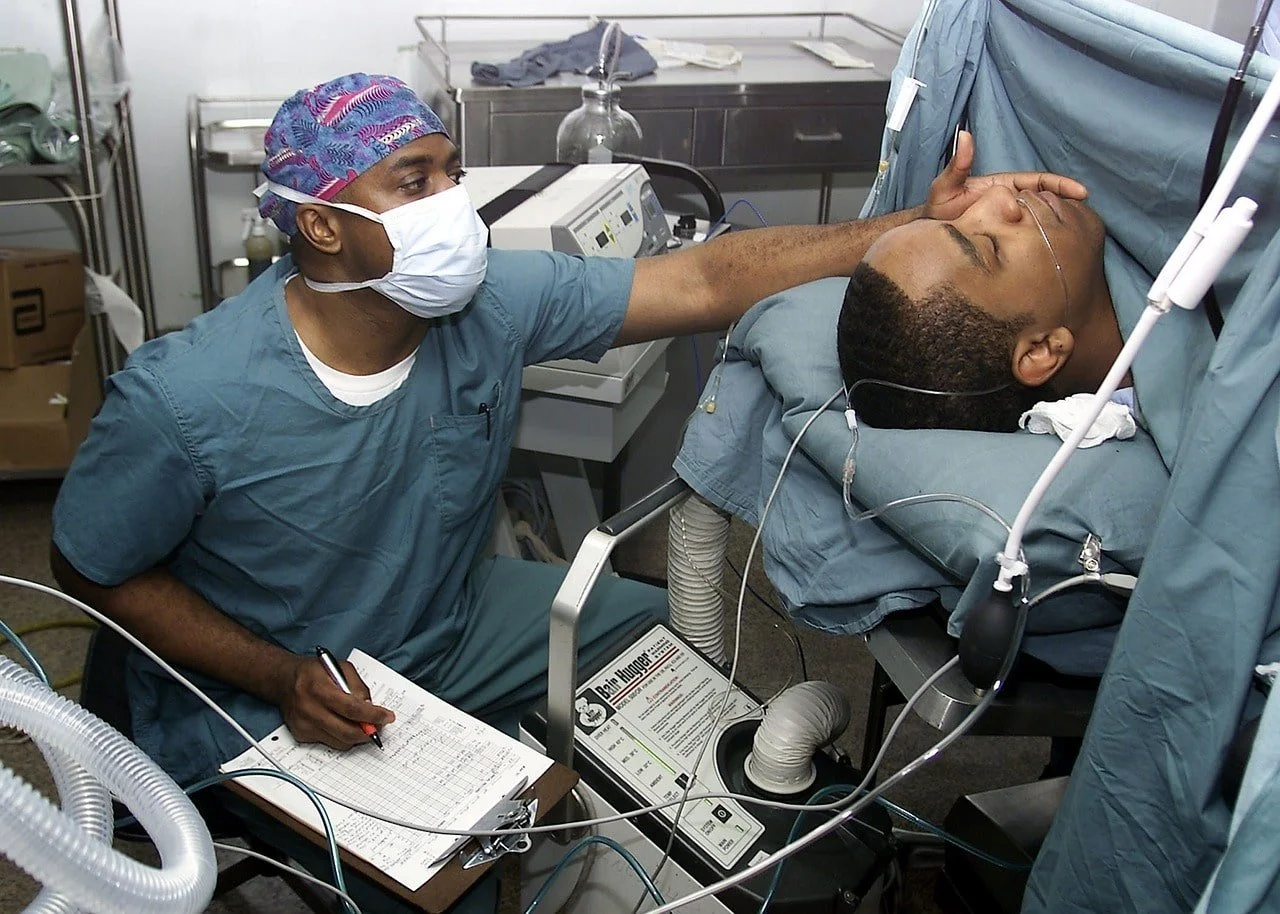The Physical Diagnosis courses taken in PA school require an abundance of medical equipment. Specifically, in the program I attend, we take a Physical Diagnosis (PD) course every semester, progressing from PD I to PD II to PD III. As didactic year continues, the PD course becomes more difficult with an increasing emphasis on special tests and focused exams. Being able to perform even just a regular head-to-toe exam requires many different tools and equipment.
Here is what is included in my medical bag:
Our class was not required to have these items on the first day of PA school. We were given some time to ask questions about which equipment is best to purchase and some of us waited for our financial aid to be distributed to start purchasing the more expensive equipment. For stethoscopes, our professors highly recommended the brand Littmann. Littmann stethoscopes come in a range of colors and prices vary from ~$50-$200+. Ophthalmoscope and otoscope sets were trickier to purchase. The highly recommended set is from the brand Welch Allyn. These sets can cost anywhere between $300-$750+ depending on the size, version, and features. A few students in my class obtained a Welch Allyn ophthalmoscope and otoscope sets by purchasing it themselves, inheriting it from a medical professional they know, or buying it from a retired doctor on eBay! Personally, I did not feel ready to purchase a set that was hundreds of dollars. I opted to purchase a set from Amazon for $115. It is an ear, nose and throat exam kit with a Snellen eye chart also included. I believe it is sufficient for students, but I look forward to purchasing a more advanced kit once I am a PA-C.
For the most part, the rest of the equipment I purchased from Amazon! I purchased a great medical bag that fits all of the required equipment for only $17, a digital medical thermometer for $8, disposable exam gloves 100 count for $8, two penlights for $8, a pack including a percussion hammer and two tuning forks for $10, and an adult blood pressure cuff for $20. It is important to read the reviews for the products before you purchase them. Other healthcare students may recommend the item or have some concerns about it. For items such as note cards, markers, cotton balls, tongue depressors, coffee grounds, small ruler, and a paper clip, I went to the dollar store! Being a student means always keeping finances in mind, so its great to save money where you can.
I was unfamiliar with a few items in my medical bag at first, but after completing PD I course, I know how to use everything! The stethoscope is clearly used for the lung and heart exams. The ophthalmoscope is used for the fundoscopic eye exam. The otoscope is used for the ear exam and to look up the nose. The blood pressure cuff along with the stethoscope is used to measure blood pressure. The oral thermometer and thermometer shields are used to take temperature. The Snellen eye chart is used as part of the eye exam, as well as the penlight. The penlight is also used to examine the mouth, tongue, uvula, etc. The tuning fork is used during the ear exam for the Weber and Rinne test. The cotton ball and paperclip are used to test sharp and dull sensation during the neuro exam. The coffee grounds and cinnamon in a small container are used to examine smell and the olfactory nerve, cranial nerve 1. The percussion hammer is used to test all the reflexes.
These skills from PD I were all put to the test during our head-to-toe exam. Unfortunately, due to the COVID-19 pandemic, we were unable to meet in our program lab room to perform the head-to-toe exam on another classmate as our “patient.” Alternatively, we scheduled a live zoom appointment with our PD I professor and performed the exam on a family member or friend. We were given 45 minutes and needed to perform and examine over 150 different things. Theses sections were organized as follows: vitals, general appearance, skin and nails, head, eyes, ears, nose, mouth and throat, neck, lungs, heart, abdomen, musculoskeletal, and neurological. Part of our grade included the proper use of our instruments as well as our interpersonal and professional skills. We were also graded on how well we performed inspection, auscultation, palpation, and percussion techniques. As we completed the exam, we were required to verbalize EVERYTHING we were doing. Talking fast is a must! Main parts of the head-to-toe exam included taking blood pressure, assessing all of the cranial nerves, performing a fundoscopic exam, inspecting the ear canal and tympanic membrane, performing a cardiac and lung exam, palpating the liver, kidneys, and spleen, assessing ranges of motion, performing a mental status exam, assessing upper and lower extremity strength, checking reflexes and more!
I look forward to learning other great ways to utilize my medical equipment in the coming semesters!
-Jillian














